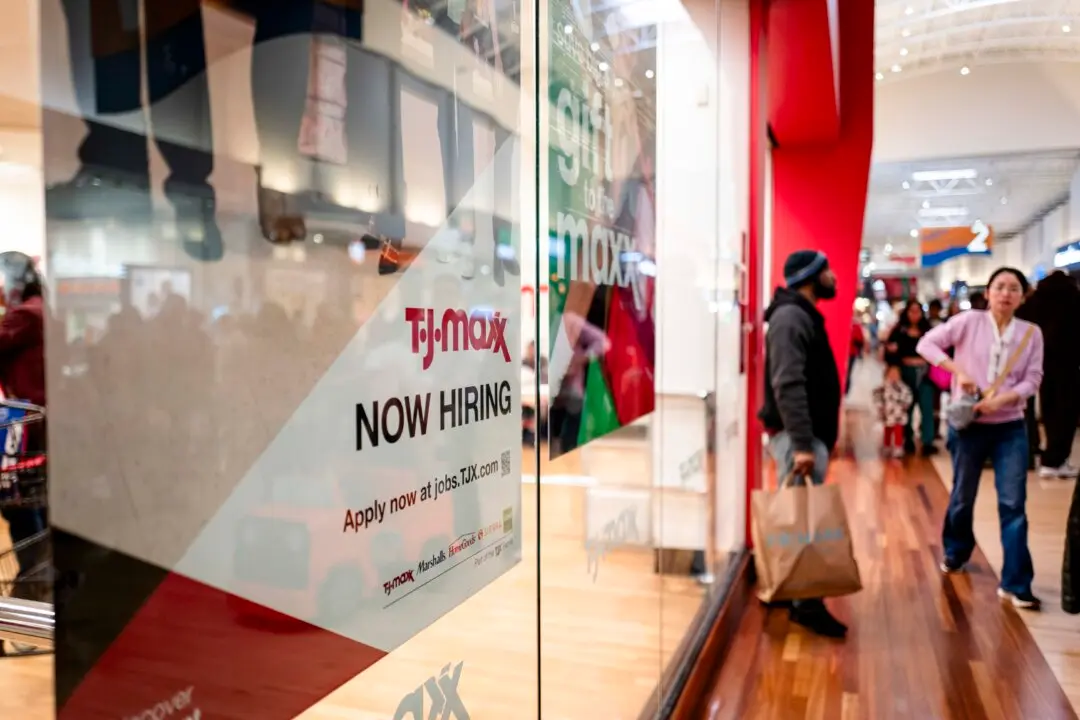It was the best of times and it was the worst of times on the New York Stock Exchange in the first 15 days of August.
Wall Street volatility started on Aug. 1, when the Institute for Supply Management Manufacturing Purchasing Managers’ Index (PMI)—a measurement of the prevailing economic direction of the sector—deepened into contraction territory in July. New orders fell, prices edged up, and employment tumbled.





